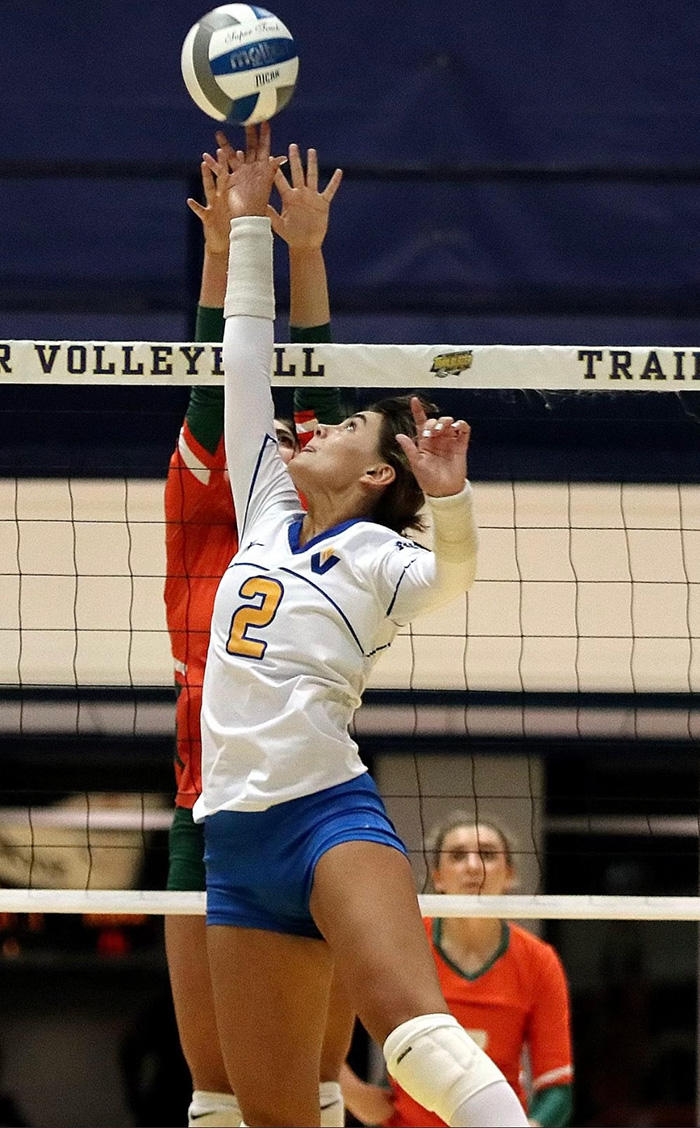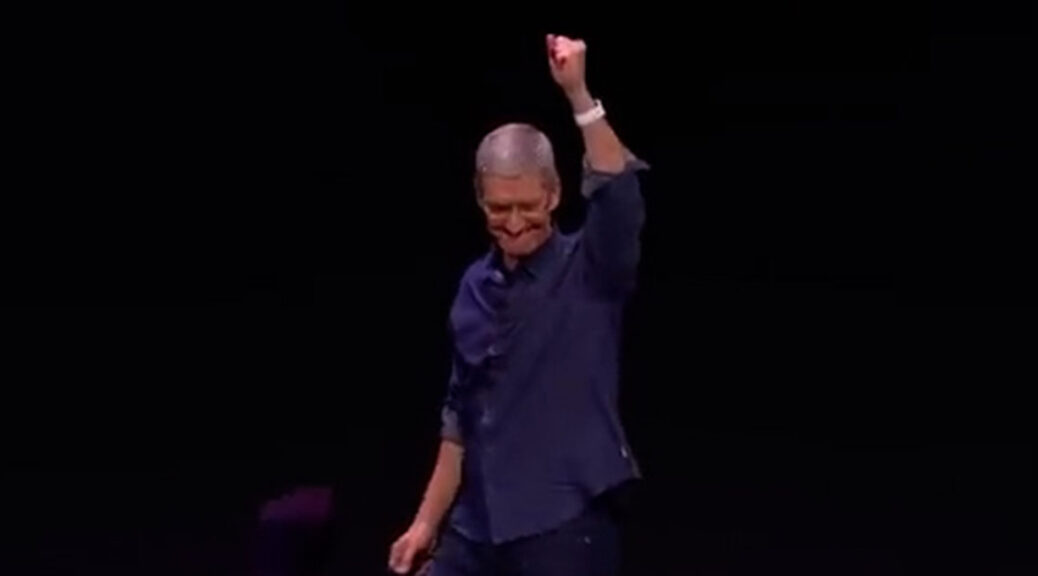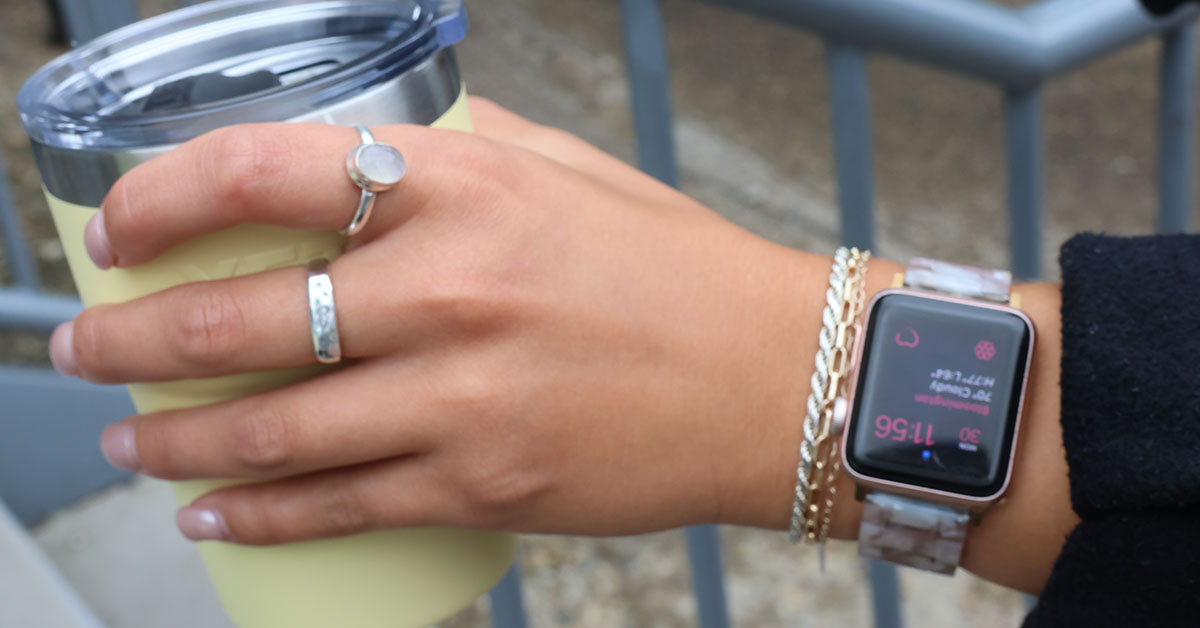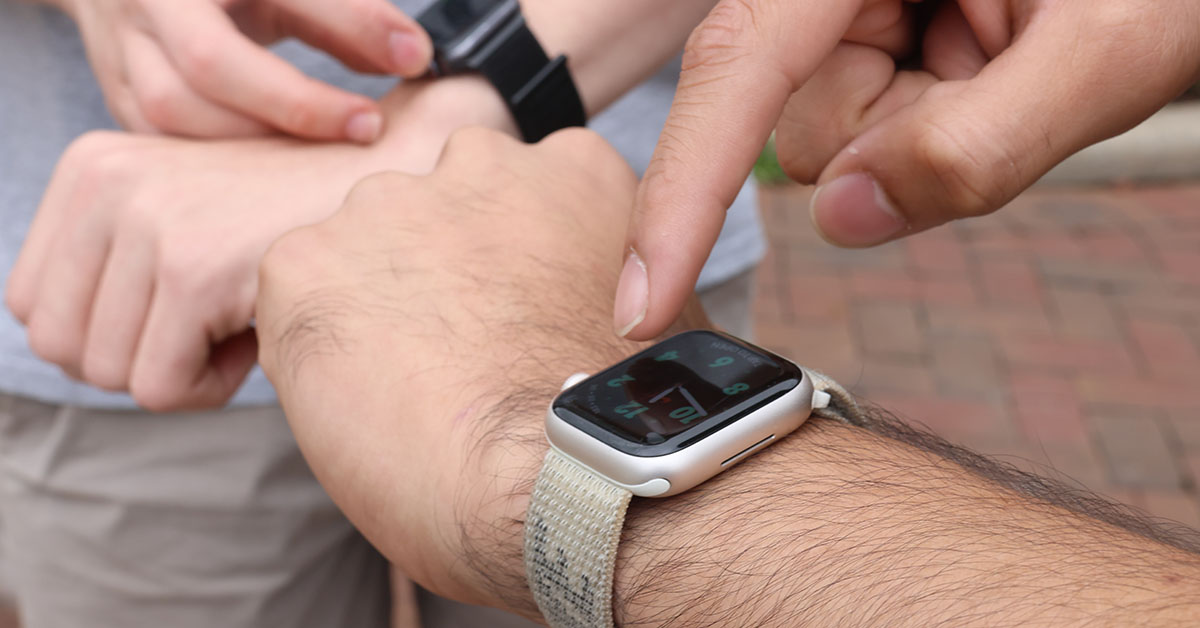NIL: Issues, Pressures, and Effects on Collegiate Athletes
By Sophia Trout, Sukari Williams and Molly Wrightsman
BLOOMINGTON, Ind. (Nov. 5, 2024)
“BALLS UP” yelled Josephine’s teammate. As she looked up, it seemed as if she watched the ball hit the floor in slow motion. She looked around to see disappointment on her teammate’s faces as that was the point that just lost their entire season. The look on their faces portrayed the way she had felt all season, disappointed.

Josephine Mulligan had just transferred to Indiana Northwest University after playing three years of volleyball at Keiser University. After she transferred, she realized that the promises she was guaranteed were just broken promises. Josephine was not taken care of physically or mentally.
“Being a college athlete has definitely taken a toll on my mental health,” Mulligan said. “My first college had great counselors who helped me through my anxieties and struggles learning how to live away from home. My second college did not have that and it took a huge toll on me to the point where I had to leave.” As a college athlete, outside audiences do not often associate these athletes with having mental health struggles nor do they realize the intense amount of pressure they are put under everyday.

In June of 2021, college sports changed tremendously. In prior years, getting money as a college athlete would cause these athletes to lose their eligibility. However, after the Supreme Court ruled against NCAA v. Alston, all of this changed. College athletes are now able to earn money based on Name, Image, and Likeness, also referred to as NIL. “The idea was that athletes don’t have intrinsic value and the NCAA and its members believed that so strongly that they thought the whole thing would go away by not providing that level of support, ” said Dr. Galen Clavio, an NIL expert at Indiana University, during a press conference. “The opposite has occurred.” Many athletes have taken advantage of NIL and are using it as an opportunity to succeed in the media world.
The NCAA is still figuring out the rules and regulations surrounding NIL. “You have to present yourself as an individual,” Clavio said. You cannot wear the logo of your school when in an NIL situation, unless the school has partnered with you. This is just one of the many rules the NCAA has created thus far.
Athletes before NIL were worrying about playing time and trying to go professional as that would be the only way they could make money playing a sport. However, NIL has now created additional pressures on these athletes which could potentially have detrimental effects. “There are a lot of outside expectations that people may have of you,” Brady Simmons, a football player at IU, said during an interview. “There are a lot of internal pressures like wanting to please your family and impress your coaches.”

College athletes already are putting pressure on themselves to perform well- is NIL only going to make this issue worse?
Not only is extreme pressure applied to perform well on the court or field, but also on social media platforms. Since the pandemic in 2020, mental health in college athletes has continuously and rapidly decreased. According to the National Athletic Trainer’s Association, adding NIL pressure can be too much for athletes and put their mental health at risk. NIL does have its pros, including helping athletes financially, however, putting too much pressure on an athlete to secure NIL deals can lead to burn out (Sitzler et al., 2023).
NIL is not only affecting mental health, but can also cause friction between teammates. “I definitely think NIL can affect relationships if teammates are not getting the same opportunities, but I also think that comes with every job in life,” Mulligan said. Some sporting programs are a close knit community where NIL may not affect teammates’ bonds. “At the end of the day when you have a place like this, a good support system, and a good group of people that you surround yourself with everyday, money is kind of the last thing on your mind,” Simmons said. Every school’s sporting community is different, so NIL can influence teams differently.
Each athlete has a different experience with NIL. Many only hear the good things, so it is important to understand the risks that come along with NIL. For Josephine Mulligan, when she was struggling with her mental health, due to added pressure, her school unfortunately did not provide the resources to help her get through it. Now that NIL is rapidly growing, each school must have counselors for athletes so they do not get put in the same situation as Mulligan. If NIL is used correctly, it can be a great tool for athletes to have, but if not, it can put their lives at risk and potentially ruin their love for the game.
Student’s on Indiana University’s campus tell their thoughts and opinions about how NIL is affecting college athletes. NIL has added extra pressure to athletes to perform not only well in their sport, but also on social media.
###





